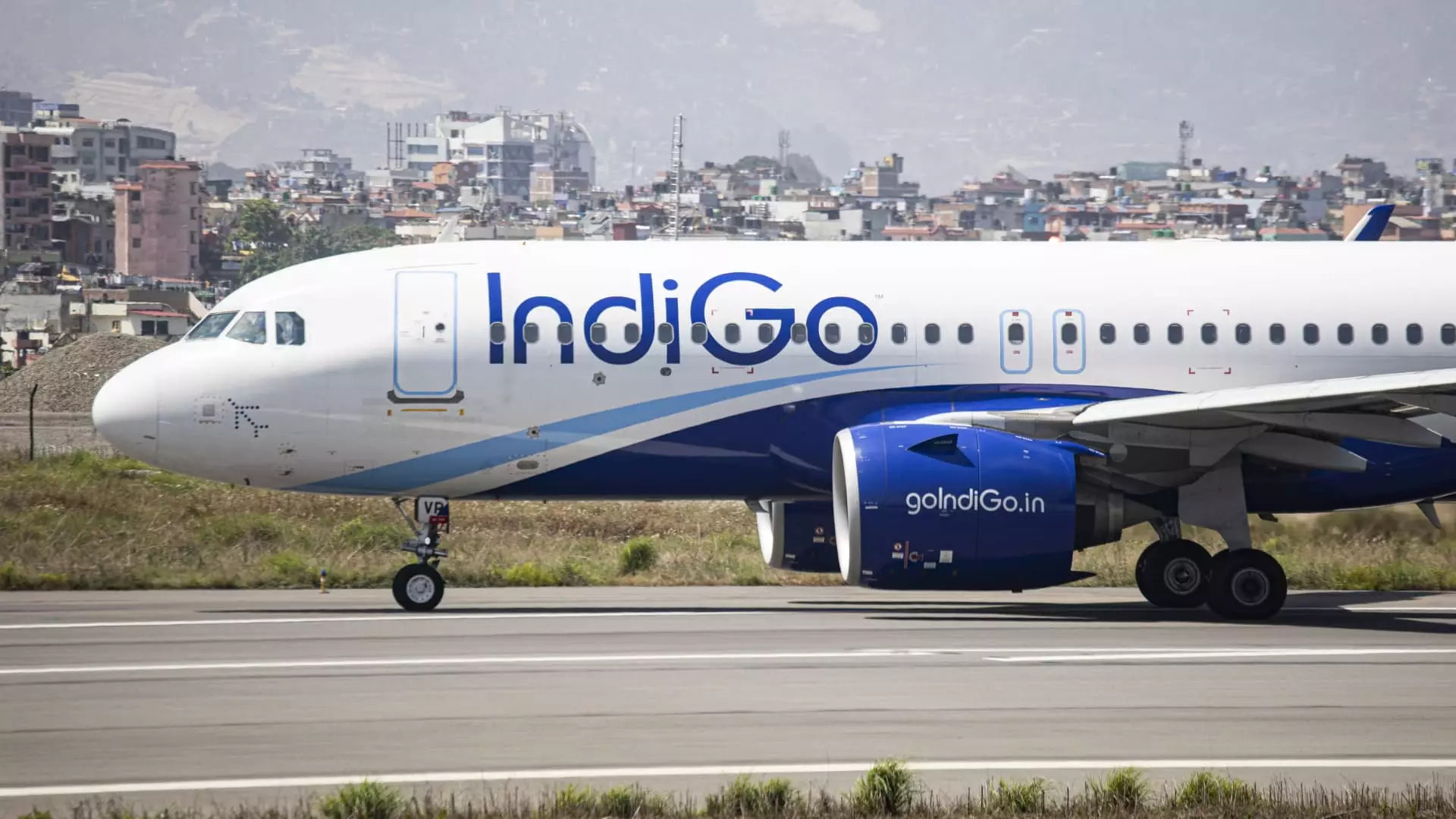The recent decision by Pakistan to close its airspace to Indian airlines has triggered seismic shifts within the aviation sector, particularly affecting routes that connect India with Europe, North America, Central Asia, and the Middle East. The ramifications of this closure are profound, forcing Indian carriers—Air India, IndiGo, Akasa Air, and SpiceJet—to adjust their flight paths significantly. These adjustments not only extend travel times but could also inflate operational costs by necessitating additional refueling stops or, in some cases, halting certain routes entirely.
The operational detours created by this geopolitical tension have been a major cause of concern for Indian airlines. IndiGo, India’s largest carrier by market share, acknowledged that several international flights would be impacted by these sudden route changes. Similarly, Air India confirmed that select flights to North America, Europe, and the Middle East are now set to take longer, less efficient paths. This situation reflects not just logistical challenges, but an overarching narrative of geopolitical strife that has haunted South Asia for decades.
Tensions on the Horizon: The Context Behind the Closure
This closure of airspace is symptomatic of deeper-rooted issues between India and Pakistan, particularly after a horrific incident in Pahalgam, where 26 tourists lost their lives. The Indian government has attributed this tragic loss to Pakistani militants, a claim firmly denied by Pakistan, which has called for an independent investigation into the assaults. Such tit-for-tat accusations further exacerbate an already fragile relationship, leading to practical consequences such as airspace restrictions that ripple through the aviation world.
The impasse not only hampers the smooth functioning of airlines, but it also serves as a clear reminder of the delicate and often tumultuous nature of political relationships in this region. The historical context paints a picture of two nuclear-armed neighbors perpetually at odds, often at the expense of economic cooperation and shared progress.
The Cost of Detours: Financial Implications for Airlines and Passengers
Operationally, the impact of Pakistan’s airspace closure is multifaceted. Indian airlines, with a robust international footprint—over 9,000 departures scheduled this month—find themselves navigating precarious waters. Although some carriers, like Air India, still possess the option to utilize Russian airspace for North America-bound flights, the broader implications remain salient, particularly concerning routes to the Middle East, which are critical due to India’s deep-rooted ties with the region.
This detour, while operationally burdensome, may not translate to drastic changes in airfares for passengers. According to John Grant, an aviation analyst, the symbolic nature of these airspace closures is unlikely to lead to significant fare hikes. The operational cost incurred during a similar airspace restriction in 2019 amounted to around $82 million for Indian airlines, a figure that speaks volumes to the financial strain imposed during such geopolitical tensions.
Interestingly, recent data suggests that airfare on specific routes may be decreasing despite this turmoil. For example, flights from New Delhi to Srinagar—a destination embroiled in its own socio-political complexities—are currently selling at lower prices than usual, indicating that market dynamics can occasionally shift unexpectedly even in turbulent times.
Challenges and Opportunities: The Broader Aviation Landscape
While Indian airlines adapt to shifting operational landscapes, they must also reckon with heightened competition from carriers flying over uninterrupted airspace. The complexity of international travel logistics becomes particularly apparent when we consider how indisputable access to airspace manages to level the playing field for certain carriers while placing others at a distinct disadvantage. For instance, European airlines once relegated to detouring away from Russian airspace found themselves needing to recalibrate strategy when navigating routes to Asia.
The air travel market is notoriously elastic—demand can fluctuate based on numerous factors, including geopolitical dynamics, economic conditions, and even consumer sentiment regarding travel safety. Thus, while Indian carriers initially respond to airspace closures by rerouting or temporarily halting flights, this may eventually lead to significant market changes that can shape the trajectory of travel connectivity between India and strategic regions such as the Middle East.
As political strife takes center stage, it is crucial to observe how tourism—critical to economic growth—responds. The current silence in the Kashmir Valley, once bustling with tourists, is a harbinger of the socio-economic challenges that ensue during periods of instability. Journalists and local influencers report substantial drops in tourism activity, underscoring the interconnectedness between geopolitics and the travel industry.
The aviation industry, akin to a fine-tuned machine, requires constant calibration and flexibility. The Indian carriers now face an uphill struggle, not just to maintain operational continuity, but also to wrangle the impacts of geopolitics on their business strategies and long-term growth trajectories. The landscape remains fraught with uncertainty, yet it embodies the resilience of an industry committed to navigating complex challenges with agility and innovation.


Leave a Reply